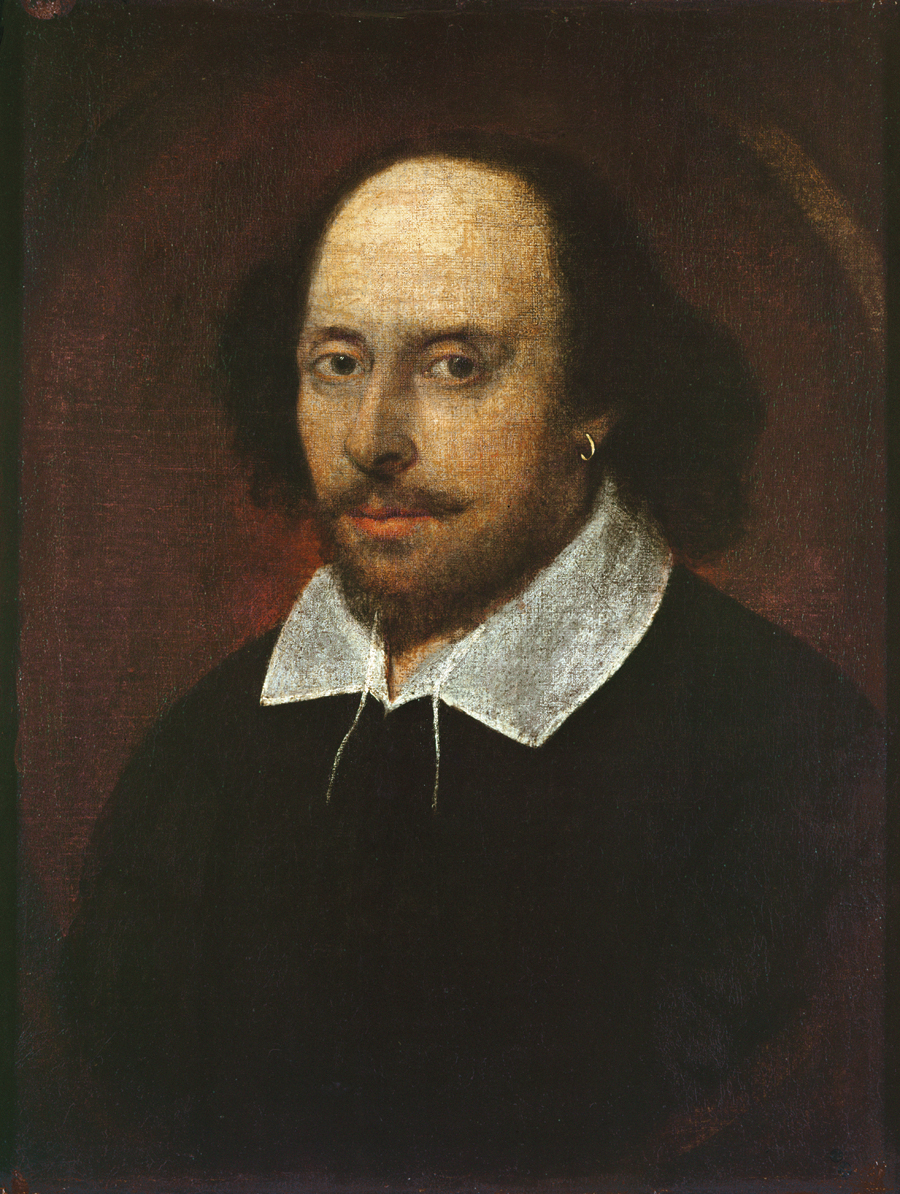Henry IV, Parts I and II, is the title of two related historical dramas by the English dramatist William Shakespeare. The full titles of the plays are King Henry IV, Part I and King Henry IV, Part II. Each play consists of five acts. These two dramas belong to the second period of Shakespeare’s development as a playwright. They were written and performed in about 1597 or 1598. Part I was first published in 1598, and Part II in 1600.

The two parts of Henry IV are among Shakespeare’s most popular plays. They concern the reign of King Henry IV, who ruled England from 1399 to 1413. Shakespeare based his two plays on chronicles by the English historians Raphael Holinshed and Edward Hall. The plays deal with the suppression of rebellion during Henry’s reign. They also introduce the character Prince Hal, the Prince of Wales, who succeeded his father as King Henry V at the end of Part II. Henry became the subject of a following history play by Shakespeare, Henry V. The plays chart Hal’s development from a wild, immature young man to a worthy and courageous soldier who becomes a great monarch.
Henry IV, Part I dramatizes events that follow the murder of England’s King Richard II, a crime in which Henry Bolingbroke, now King Henry IV, played a leading role. The guilt-ridden Henry wants to go to the Holy Land in repentance for Richard’s death. But constant political unrest in England prevents him. At the same time, Prince Hal, his son, leads an apparently irresponsible life with his brawling friends, led by the fat, self-indulgent knight Sir John Falstaff. Falstaff’s exuberance and wit provide most of the play’s humor. The main story of the play centers on a quarrel between the king and Henry Percy, known as Hotspur, who is the fiery young son of the powerful Earl of Northumberland. As a result of the quarrel, the Percy family revolts. The Earl of Douglas and the Welsh leader Owen Glendower aid the Percys. At the Battle of Shrewsbury, Henry and his son defeat the rebels. Hal reveals himself to be a brave and princely warrior and kills Hotspur.
Henry IV, Part II deals with the rebellion of Hastings, Mowbray, and Archbishop Scroop. Henry now lies ill. Hal’s brother, Prince John, defeats the rebels. At his death, Henry reconciles with his son Hal, who succeeds him as King Henry V. Against this background, Sir John Falstaff continues his knavish but comic adventures, assisted by the lowlife characters Poins, Pistol, Mistress Quickly, and Doll Tearsheet. Among his many pranks is the tricking of Justice Shallow into paying him a thousand pounds. As soon as Falstaff hears of the death of Henry IV, he hurries to London to greet the new king, his former comrade in riotous living. But the new sovereign is a transformed character. He immediately reveals his royal qualities and rejects Falstaff and his friends, telling them to leave him alone until they have abandoned their wild living.
Falstaff is one of the great comic roles in the theater and undoubtedly one of Shakespeare’s finest creations. He says of himself, “I am not only witty in myself, but the cause that wit is in other men.” Falstaff is a bragging, lying, and thieving drunkard. But his faults are balanced by his clever sense of humor, his contagious love of life, and his refusal to take either himself or the world seriously.
